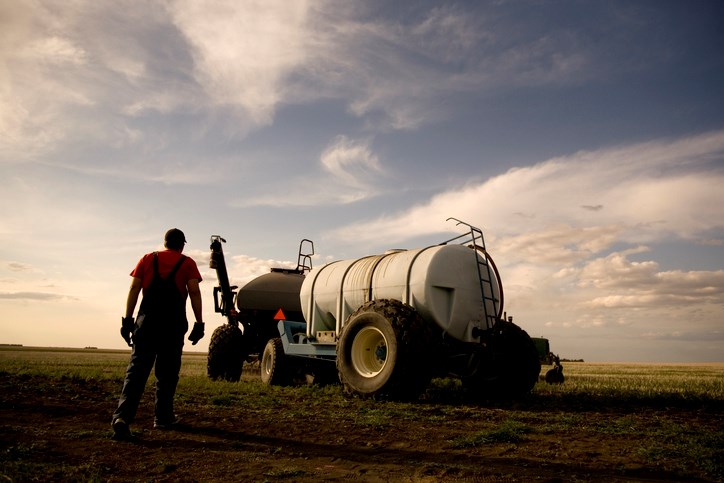A lot of progress was made the week of May 25 to 31 and seeding is 98 per cent complete. This is up from 85 per cent last week and well ahead of the five-year average (2016-20) for this time of year of 82 per cent. Ninety-nine per cent of the field peas and spring wheat, 98 per cent of barley, flax and canary seed and 97 per cent of oats and canola have been seed in the region.
Parts of the region received light rain showers this week, which was welcome. The Spruce Home area reported the most with 15 mm, the Lake Lenore and Tisdale areas five mm and the Garrick, Humboldt and Bruno areas reported three mm.
Good moisture levels have been maintained in the region due to light precipitation and cooler weather this week. With the recent rains, crop emergence has improved and growth has quickened with the warmer weather. Cropland topsoil moisture is rated as two per cent surplus, 88 per cent adequate and 10 per cent short. Hay and pasture land topsoil moisture is rated as 78 per cent adequate, 20 per cent short and two per cent very short.
Most crops are in good or fair condition in the northeast region; some reseeding of canola is occurring where frost damage was the worst. Crop damage this week was due to wind damaging young seedlings, flea beetles and light frosts.
Producers are busy seeding, spraying when the weather permits, scouting for early season pests and picking rocks.
The Northeastern crop report, provided by the provincial government, covers Hudson Bay, Tisdale, Melfort, Carrot River, Humboldt, Kinistino, Cudworth, Aberdeen, Prince Albert, Choiceland and Paddockwood areas.
East Central Saskatchewan
Dry conditions have allowed producers to make progress seeding, with some finishing up for the year. Seeding is 94 per cent complete, which is up considerably from 77 per cent last week and ahead of the five-year average (2016-2020) for this time of year of 88 per cent.
Within the east-central region, 99 per cent of the lentils, chickpeas, field peas, durum, 98 per cent of canary seed, 96 per cent of spring wheat, 93 per cent of barley, 92 per cent of canola and flax and 86 per cent of oats are now seeded.
The Earl Grey area reported the most rain this week with 12 mm. The Bethune and Rhein areas reported 10 mm, the Craik and Wynard areas reported eight mm and the Kuroki area reported six mm.
Earlier seeded crops are emerging nicely although their growth has been slow due to cool temperatures; strong winds have been blowing soil and damaging young seedlings and drying out surface moisture. Crop, hay and pastures are growing slowly due to lack of moisture and cool nighttime temperatures in some areas.
Cropland topsoil moisture is rated as 73 per cent adequate, 16 per cent short and 11 per cent very short. Hay and pasture land topsoil moisture is rated as 55 per cent adequate, 25 per cent short and 20 per cent very short.
The majority of the crops are in fair to good condition. Most of the crop damage this week is due to strong winds, dry soils, flea beetles and light frosts in some areas.
Producers have been busy seeding, spraying when able, assessing damage from frost and flea beetles and moving cattle to pastures as winter feed supplies run short.
The East Central crop report, provided by the provincial government, covers Watrous, Melville, Yorkton, Cupar, Kamsack, Foam Lake, Preeceville, Kelvington, Lumsden, Craik and Clavet areas


.png;w=120;h=80;mode=crop)

